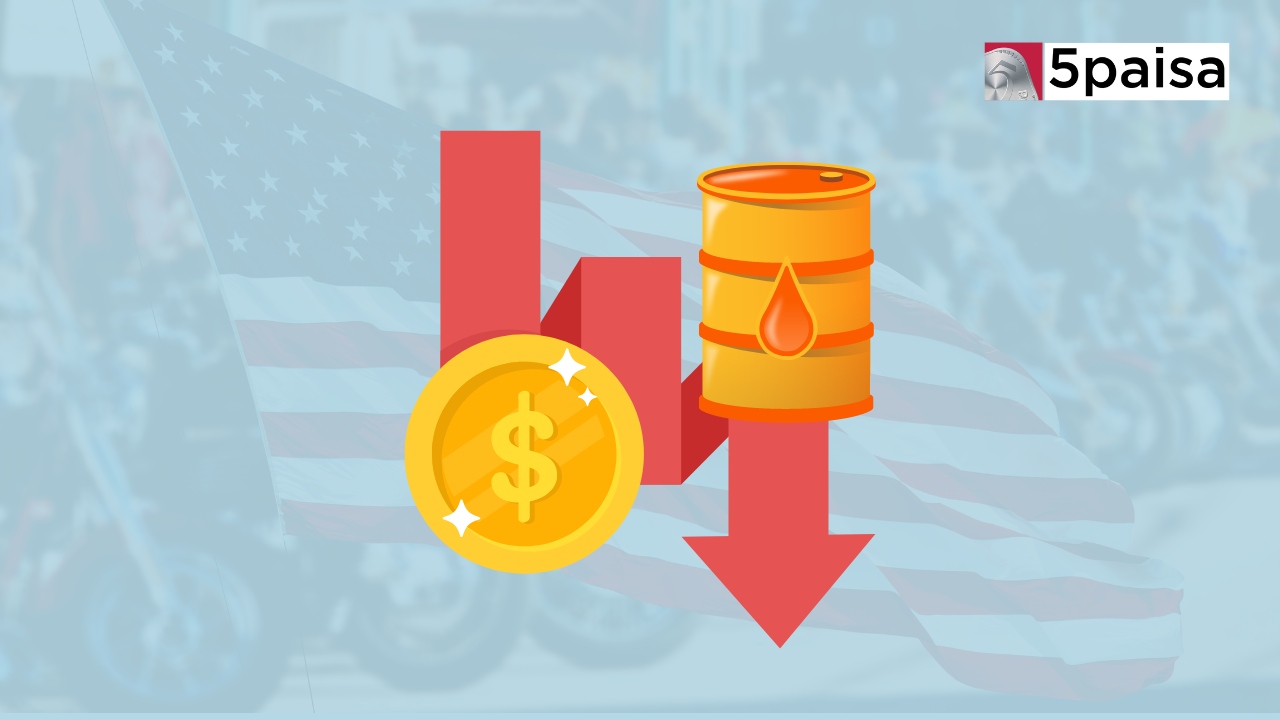L&T Eyes $50-$60 Billion Projects by FY25, Plans Major O2C Investments
Will SGBs turn out more tax efficient than Gold ETFs in FY24

Last Updated: 29th March 2023 - 01:30 pm
There has been a constant debate over which is a better way to buy gold in non-physical form? Is it gold ETFs or is it the sovereign gold bonds. To be fair, gold bonds paid interest at around 2.5% per annum on the value of the cost price of the gold bonds and they also were fully guaranteed by the government in terms of gold principal in (grams) and the interest pay-out. In short, the risk of not getting the pay-outs on sovereign gold bonds was almost non-existent. However, there was a catch. Gold bonds had a very long lock-in period and also gold bonds were not available on tap. That is where Gold ETFs filled the gap.
How gold ETFs added value to investors?
The very shortfalls of sovereign gold bonds became the selling point for the gold ETFs. Gold ETFs were issued as units of 1 gram by Indian SEBI-registered AMCs. Gold ETFs are closed ended funds, but there are listed on the stock exchanges. Typically, gold ETFs (exchange traded funds) have been quite liquid in the Indian context, so entry and exit have never been an issue. Like the gold bonds, the gold ETFs were also a play on the gold prices and the value of the gold ETFs appreciated with the price of gold. But there were some key merits.
-
While gold ETFs were not guaranteed like sovereign gold bonds (SGBs), they are regulated by SEBI, which makes them reliable products. Also, the AMC is bound to maintain physical gold equivalent to the units of ETFs with a custodian bank.
-
Gold ETFs, unlike sovereign gold bonds, are available on tap. It can be bought at any point of time in the real time market and one does not have to wait for the government to announce a tranche of SGBs to apply for.
-
Gold ETFs were also extremely simple in the sense that any trader or investor with a trading account and demat account could transact in gold ETFs. They could be bought with the trading account and held in the demat account.
-
Above all, gold ETFs had the advantage of zero lock-in. Technically, one can exit the gold ETFs at any point of time without worrying about any lock-in. That is unlike the SGB where you have exit options only after the completion of the fifth year.
Apart from the above points, gold ETFs were at par with sovereign gold bonds (except in the 8 year exemption), so there was not much to choose. That tax aspect is likely to change.
What has changed for gold ETFs in the latest Finance Bill
Let us first understand the current situation and the new situation from April 2023 onwards. Currently, mutual funds / ETFs with an exposure of 65% or more to equity are classified as equity fund and the rest are classified as non-equity funds. Non-equity funds include debt funds, gold funds and fund of funds. Today, capital gains on non-equity funds (including gold ETFs) are taxed at 2 levels.
-
If the gold ETF is held for less than 36 months, it is short term capital gains and is taxed at the incremental rate of tax applicable, depending on the tax bracket of the investor.
-
However, if the gold ETF is held for more than 36 months, it is LTCG and taxed at concessional 20% with indexation benefit, resulting in effective tax of less than 10%.
That has been changed in the Finance Bill 2023-24. The Finance Bill effectively broke up non-equity funds like gold funds into 2 sub-categories to be taxed differently. Here is how.
-
Non-equity funds with less than 65% in equity but more than 35% in equity, will continue to get the same tax treatment as before. STCG will be taxed at peak rates but LTCG will be taxed at 20% with indexation benefits.
-
However, if equity component is less than 35%, then any gains (irrespective of holding period), will be treated as other income and taxed at the peak rate. Gold funds would obviously fall in this latter category.
Once this rule is implemented, investors are likely to prefer sovereign gold bonds over gold ETFs, due to the higher level of tax efficiency. Let us check out how Sovereign gold bonds will be more efficient.
SGBs will be more tax efficient than gold ETFs from FY24
There are two exit options in the case of SGBs. You can either opt for the redemption window offered by the RBI after 5th, 6th and 7th years. In such cases, the long term capital gains will be taxed at 20% with the benefit of indexation. However, if held for more than 8 years, the capital gains are full tax free. Check out the comparative table below. In both cases we assume Rs. 50,000 appreciating to Rs. 80,000 in 5 years and to Rs. 1 lakh in 8 years.
|
Particulars |
Gold ETF (5 years) |
Gold ETF (8 years) |
SGB (5 years) |
SGB (8 years) |
|
Investment |
Rs50,000 |
Rs50,000 |
Rs50,000 |
Rs50,000 |
|
Value at end |
Rs80,000 |
Rs100,000 |
Rs80,000 |
Rs100,000 |
|
Capital Gains |
Rs30,000 |
Rs50,000 |
Rs30,000 |
Rs50,000 |
|
Indexed Cost of Buy |
Rs50,000 |
Rs50,000 |
Rs60,846 |
Rs50,000 |
|
Indexed LTCG |
Rs30,000 |
Rs50,000 |
Rs19,154 |
Rs50,000 |
|
Post tax gains |
Rs21,000 |
Rs35,000 |
Rs26,169 |
Rs50,000 |
Now look at the above illustration and compare the second and fourth column. Gold ETFs have lost the indexation benefit and the entire gains are being taxed at the peak rate of 30%. However, that indexation benefit is still available in the case of Sovereign Gold Bonds (SGBs). As a result, the post-tax profits on SGBs held for 5 years is nearly 25% more than the post-tax gains made on the gold ETFs. Both the assets have moved exactly the same way. The difference in returns arises only because of the new tax regime for non-equity funds. In short, the new tax regime is going to be to the advantage of sovereign gold bonds (SGBs) but at the expense of gold exchange traded funds (ETFs).
- Flat ₹20 Brokerage
- Next-gen Trading
- Advance Charting
- Actionable Ideas
Trending on 5paisa
05
 Tanushree Jaiswal
Tanushree Jaiswal
Indian Market Related Articles
Disclaimer: Investment in securities market are subject to market risks, read all the related documents carefully before investing. For detailed disclaimer please Click here.
 5paisa Research Team
5paisa Research Team




